Features of protective helmets and the rules for their selection
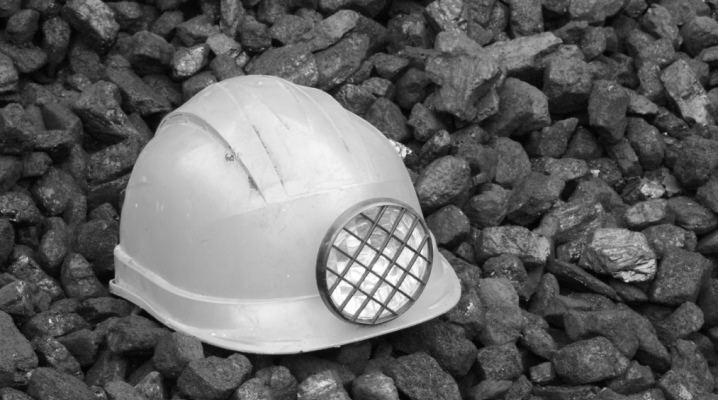
It is customary to say that "bread is the head of everything." But for people, their own head is always most important, of course. Therefore, it is necessary to know the features of protective helmets, the types of such accessories and the rules for their selection.
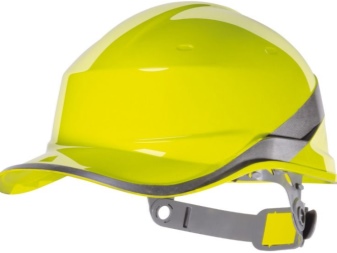
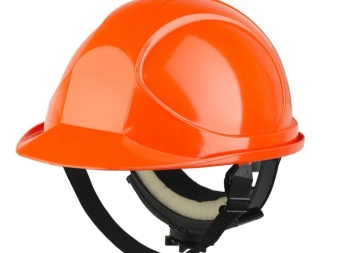
What is it and what is it for?
Turning to any popular source, it is easy to find out that a safety helmet is an important means of personal protection for the head of workers in production. But they are used in other cases as well, not just in the workplace. After all, the risk of damaging the head arises in a variety of conditions. The helmet is worn by:
cyclists;
motorcyclists (including motorcycle racers);
general and industrial climbers;
firefighters.

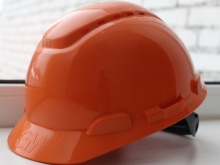
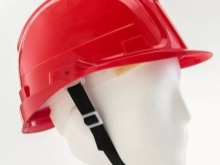
Miners do not go into the face without helmets. They have long become a common attribute in professional activities:
builders;
metallurgists;
military personnel of the ground forces;
paratroopers;
"Peaceful" parachutists;
various athletes;
cavers;
stuntmen.
It follows that the task of helmets is to repel the widest range of threats. But it is impossible to solve all these contradictory tasks with the help of one headdress. That's why there are many different types of helmets. Thus, a construction helmet can withstand the impacts of objects falling from above, but is unable to protect against strong heat and open flames, and melts itself. A firefighter's helmet copes with both of these challenges, but it is quite expensive and therefore not applicable in construction and industry.
Separately, it should be said about the helmets of welders. In accordance with electrical safety regulations, they are required to wear arc protection hats. More precisely, these helmets are not much different from ordinary ones, but a special shield is attached to them, which extinguishes the harmful effects of an electric arc. She will not be able to "reach" the organs of vision or the skin.
Each type of helmets, one way or another, have their own requirements, and it is about them that we will now talk about.
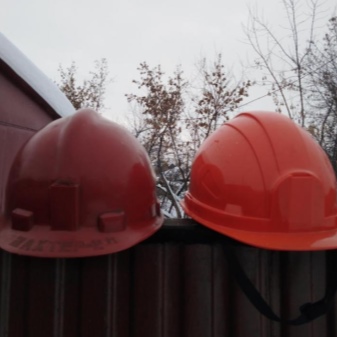
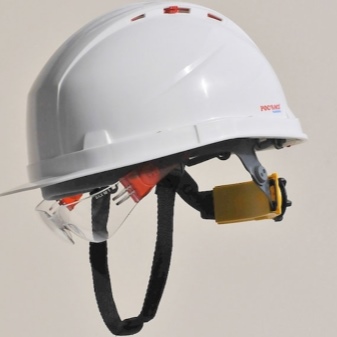
Requirements
The current GOST for protective headgear was approved in 1997. It provides, in particular, the prohibition of the use of any materials that, in contact with the skin, cause irritation or other harm to health. The presence of any sharp and cutting edges, protrusions and other parts that could cause harm is prohibited. If the helmet contains elements that can be removed or rearranged, this must be done manually, without the use of tools. At the same time, the adjustment of all parts should be very easy, but it should not be allowed to change without control from the user.
Protective headgear for work at height and in those places from where heavy objects can fall from above deserve special attention. When testing such helmets, a test for dropping them from a height is mandatory (with the measurement of the energy that fell on individual sections). The test results are entered into the certificate of conformity in accordance with the established procedure.
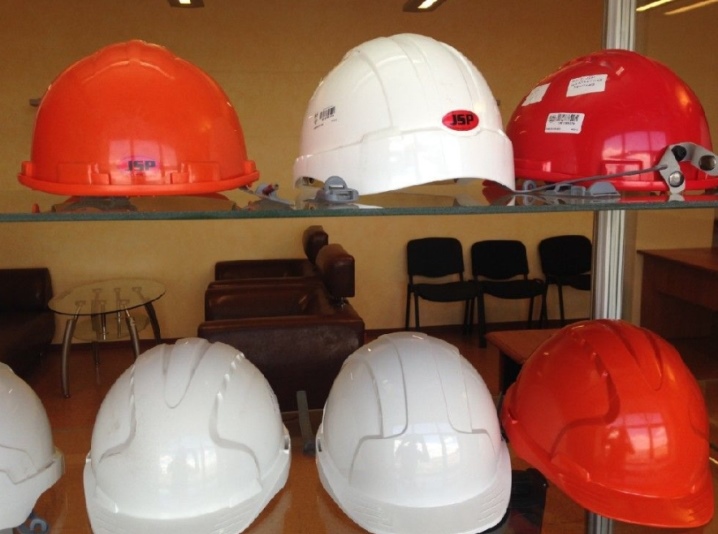
Certification in accordance with TR CU is carried out in three main categories:
general protective headgear;
special protective equipment;
head protection devices for underground work.
Universal helmets can be used in a wide variety of areas, including construction and road works. They are worn by employees of agricultural organizations, laboratories and repair departments.Such protective devices must protect the head from falling objects. Equipping with a canopy to reduce exposure to bright sunlight is also common. If necessary, these models of helmets are equipped with a translucent block that protects the face from sparks and dust particles.
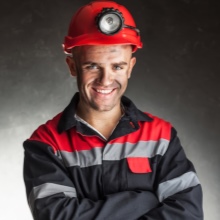
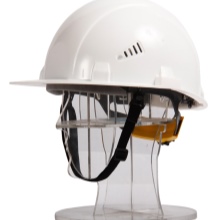
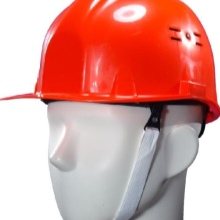
Special hats sometimes have a very sophisticated design. It is determined by the type of work that is planned to be performed. Helmets for work in undergrounds are equipped with a support system for the flashlight and a fastener for its cable. Helmets are lighter. But they are intended only to protect against direct hits against objects - if a heavy load falls, the consequences are inevitable.
TR CU indicates the following requirements for helmets for certification:
with a total impact energy of 50 J, the force transmitted inward should be a maximum of 5 kN;
when a sharp object with an energy of 30 J or more falls, touching the surface of the head should be excluded;
full ventilation of the internal volume is required without additional devices;
compulsory protection against injury by alternating current with a frequency of 50 Hz and a voltage of 440 V;
mandatory protection against thermal effects of an electric arc, resistance to melting and fire;
preservation of all basic qualities in the temperature range declared by the manufacturer;
the presence of markings that are difficult or impossible to remove, indicating the operating temperature range and other characteristics;
a special version of the mount that will not allow the helmet to fall or shift;
lateral and permanent deformations no more than 4 and 1.5 cm, respectively.
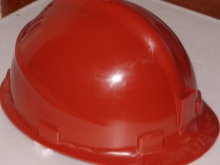
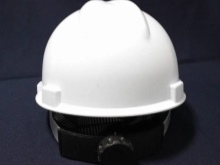
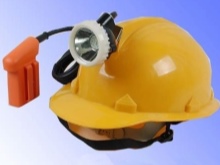
Species overview
By type of use
It is customary to highlight the following options for helmets:
winter heat-resistant;
universal construction;
miners (for underground work);
firefighters (with increased fire and electrical resistance);
heat-resistant structures;
acid and alkali resistant models;
intended for other professions.
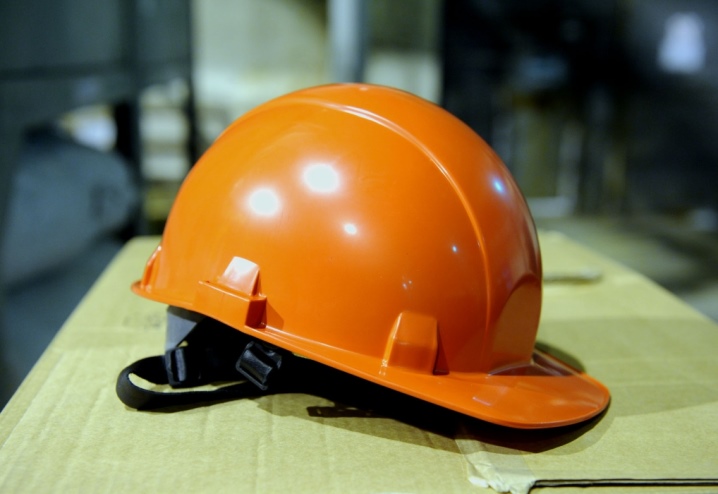
By color
The color of the safety helmet can vary greatly. And professionals have long come to the conclusion that such color coding allows for increased safety. Besides, it will facilitate the identification of personnel at long distances and in low visibility. The state standard for the coloring of protective headgear, approved in 1987, has long been canceled. The following normative documents say nothing about specific colors.
And yet for convenience, and partly for reasons of tradition, builders and others adhere to established color schemes. White helmets, as a rule, are worn by the management of organizations and their structural divisions, as well as labor protection inspectors. Recently, they have also become an attribute of the security services (guards, watchmen, watchmen). And some construction organizations practice white helmets in the outfit of engineering personnel.
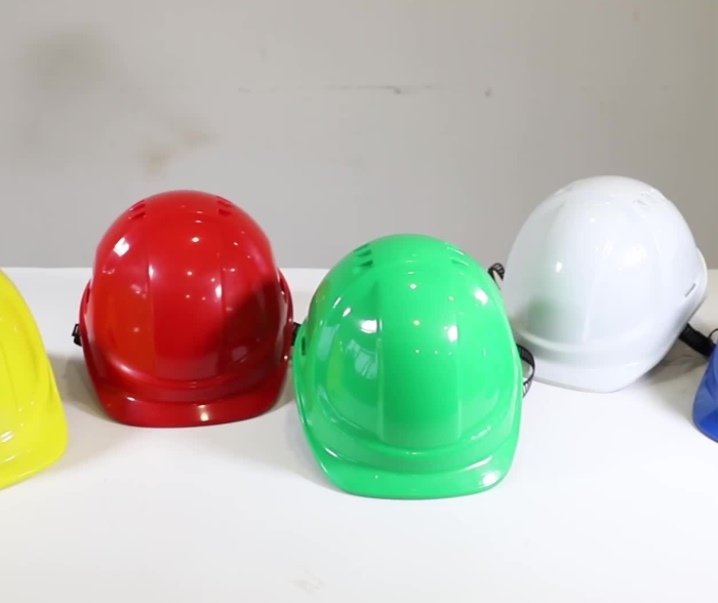
The red headdress is worn by foremen, engineering and technical personnel of industrial enterprises. In the industrial sphere, they are also used by chief mechanics and chief power engineers. Yellow and orange helmets can be used by ordinary and auxiliary personnel at various sites. However, there is another approach according to which the color of protective headgear is distributed as follows:
orange - surveyors;
red - beginners and visitors;
yellow - ordinary staff (but not trainees);
green - for electricians and electricians;
black - locksmiths;
blue - plumber service specialists;
brown - miners;
blue - crane operator;
white or red - fire departments.
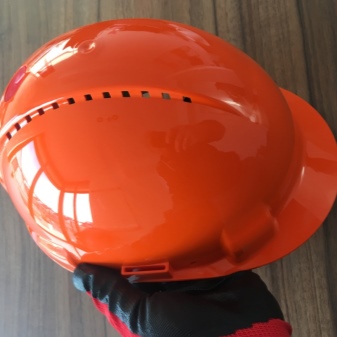

By type of additional equipment
Some professions strongly require the use of a special headgear with face protection. Helmets with a screen or a shield made of transparent materials provide reliable protection against splashing metal, drops of corrosive liquid, flying shavings, fragments and dust. A special part is used to attach such an element. There are also shockproof shields that can be made of transparent materials. Some models can protect against high temperatures.
Some of the helmets are equipped with a visor that maximizes the safety of the face in general and the eyes in particular. Such designs are useful for the logging, construction and installation industries. In many industries, helmets with headphones are actively used. Such an addition allows both to escape from incessant loud sounds and to organize constant communication between employees.
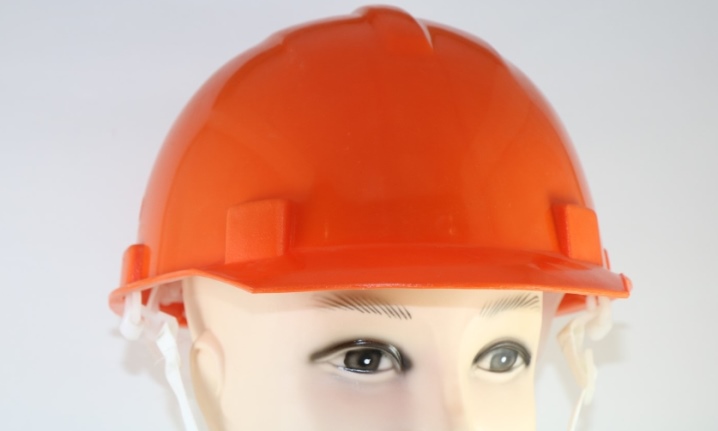
State-of-the-art headphone designs guarantee the optimal balance of comfort and protection.
Communication headphones for helmets:
equipped with built-in electronics that suppress impulse noise;
suitable for work in an explosive environment;
can transmit signals via Bluetooth;
are calculated to contain sounds of different loudness, different frequencies.
Separate helmets are supplied with (or used in conjunction with) goggles. When the work requiring the use of glasses is finished, they can be returned under the helmet in one motion. Pulling back this protective device is no more difficult.
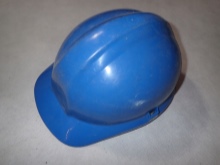
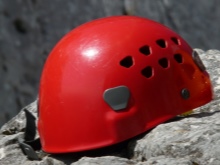
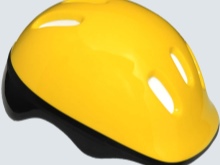
Any helmet is equipped with a chin strap, without which it cannot be properly supported on the head. The width of the strap cannot be less than 1 cm, its attachment can be located on the body of the headgear or on the strap.
Helmets with a comforter, characterized by increased heat resistance, are quite common. It compensates for the danger of increased temperature and heat radiation. Such equipment is used most often by welders and metallurgists. There are also helmets with comforters:
for machine builders;
builders;
miners;
oil producers;
oil refiners;
electricians.
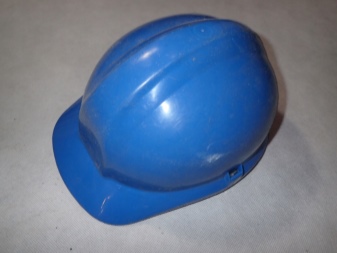
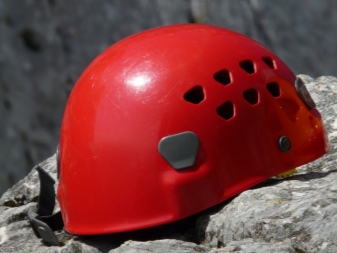
In appearance
Brims and canopies significantly increase light protection. Also holders for flashlights are additionally used. It is worth considering the following options:
equipping with a removable cape;
adding a warm liner to protect against hypothermia;
made from a combination of glass with textolite and plastic.
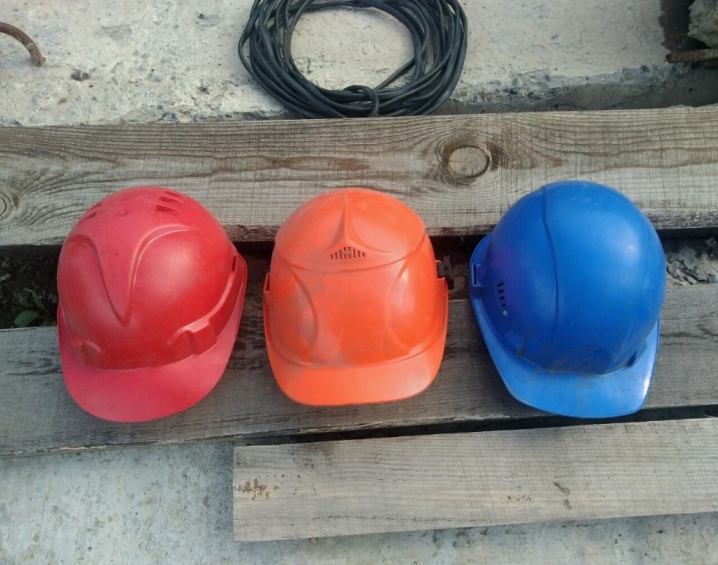
Materials (edit)
Helmets made of plastic materials are popular. For example, polyamide is used, which has excellent antifriction and strength parameters. Polyamide products are resistant to chemicals, metal splashes and sparks. With the help of ABS plastic, it is possible to guarantee protection against acids, alkalis, mechanical oils. Low-pressure polyethylene is distinguished by a huge margin of safety.
Can also be used:
high pressure polyethylene;
monolithic polycarbonate;
heat-resistant plastic;
fabric tapes;
elastic synthetics;
artificial and natural leather.
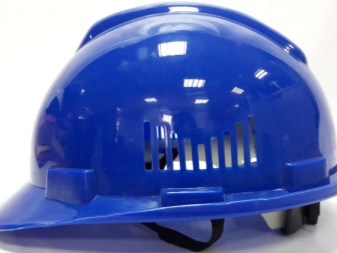
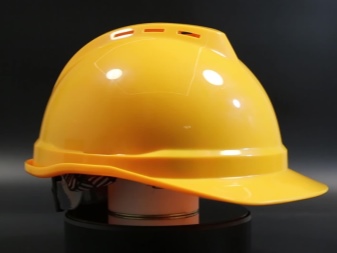
Popular models
Products are in demand Czech company JSP... These helmets have a one-touch system and fit exactly to your head. The range includes models for universal and industrial use. Helmets from this company are painted in bright, rich colors.
It is very difficult to find products from Sweden, but you can pay attention to Delta Plus goods (France).
This company has been operating for over 40 years. It is represented all over the world. Today Delta Plus products supplied to 140 states. A good example is BASEBALL DIAMOND V... This helmet comes in 7 different colors. ABS plastic is used for its manufacture; normal operation is guaranteed at temperatures down to -30 degrees.
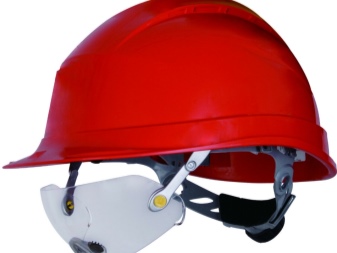
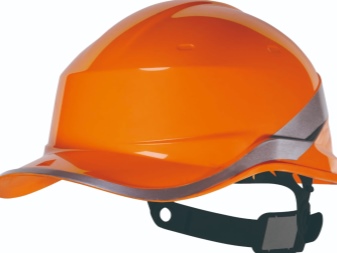
Granite Wind Model:
also made of ABS;
has two seating positions - 53 and 63 cm;
has 3 fixation points;
designed for work at height.
The Airving B-WR model from Uvex is also popular in our country.For its imposing appearance, she was nicknamed "the chief's helmet". The main structural material is HDPE. Operation is guaranteed for at least 60 consecutive months. A long visor and an elongated occipital block are used.

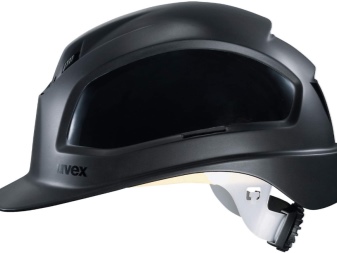
Choosing a light helmet, you should pay attention to the modification of the "Pheos B-WR" of the same manufacturer. This product is made in a classic sports spirit. The release began in 2012. Thanks to the ratchet mechanism, the headband can be adjusted from 52 to 61 cm. Thanks to proprietary adapters, you can use both shields, headphones, and headlights.
Very good results also show:
polypropylene helmets RFI-3 BIOT;
SOMZ-55 VISION;
Peltor G3000;
MSA V-Gard.
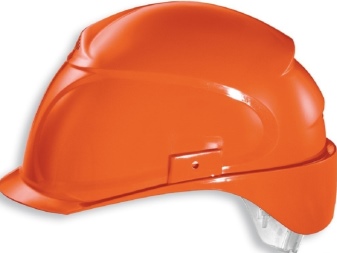
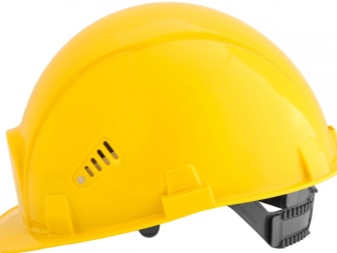
Which one to choose?
It makes no sense to focus on design. This is not a hat! It is much more important to pay attention to good protective qualities. And not "in general", but taking into account the threats that appear in a particular production. Even the simplest helmet must:
block the blows of foreign objects, their penetration to the head;
absorb the kinetic energy of moving bodies;
tolerate moisture.
An additional plus will be, of course, fire resistance. Also important:
resistance to electric current;
heat resistance;
level of protection;
the amount of protected space.
In winter, it is important to have a heater. In the heat, the increased work of ventilation is more relevant. For miners and miners, for tunneling, the presence of a mount under the lantern is mandatory. When working in public utilities, it is desirable. But builders can usually do without such an attribute.
The most durable polycarbonate is often chosen, which is especially reliable. Helmets made of it retain their protective properties for a long time. However, the problem is that the load on impact is not absorbed, but distributed, so there is a high risk of injury to the cervical vertebrae. Soft styrofoam will prevent problems when hitting slow objects or falling, but is useless when hit by a falling object.
The best option would be a balance between these two properties.
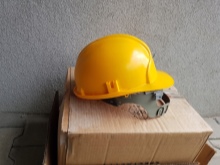
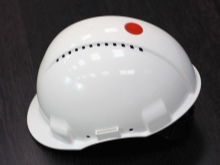
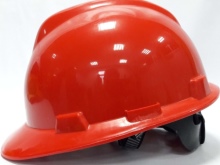
How to use?
It is important to wear any helmet correctly in production - otherwise even perfect equipment will not help. The ribbons inside the headgear are placed exactly in the middle of the head. The support tape must not be allowed to go beyond the back of the head and forehead. PPE is adjusted so that even with the strap unbuttoned, there is no spontaneous fall. It is also necessary to provide a uniform gap from the body to the scalp so that the force of a probable impact is uniformly distributed.
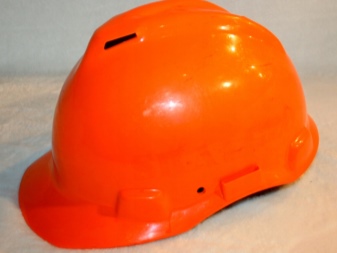
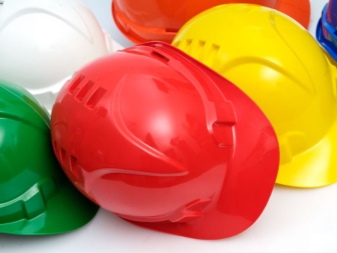
Do not use a helmet that is damaged, even slightly. In the absence of visible defects, it can usually be used for no more than 2 years. Cleaning is carried out with household detergents. For disinfection, bleach is used. Periodically (and before starting work it is mandatory) the helmet is inspected.
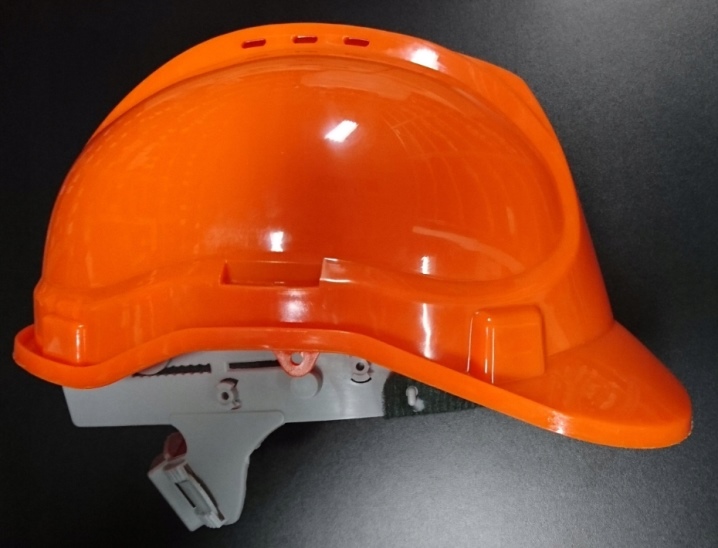
The following video provides an overview of the safety helmet model.








The comment was sent successfully.